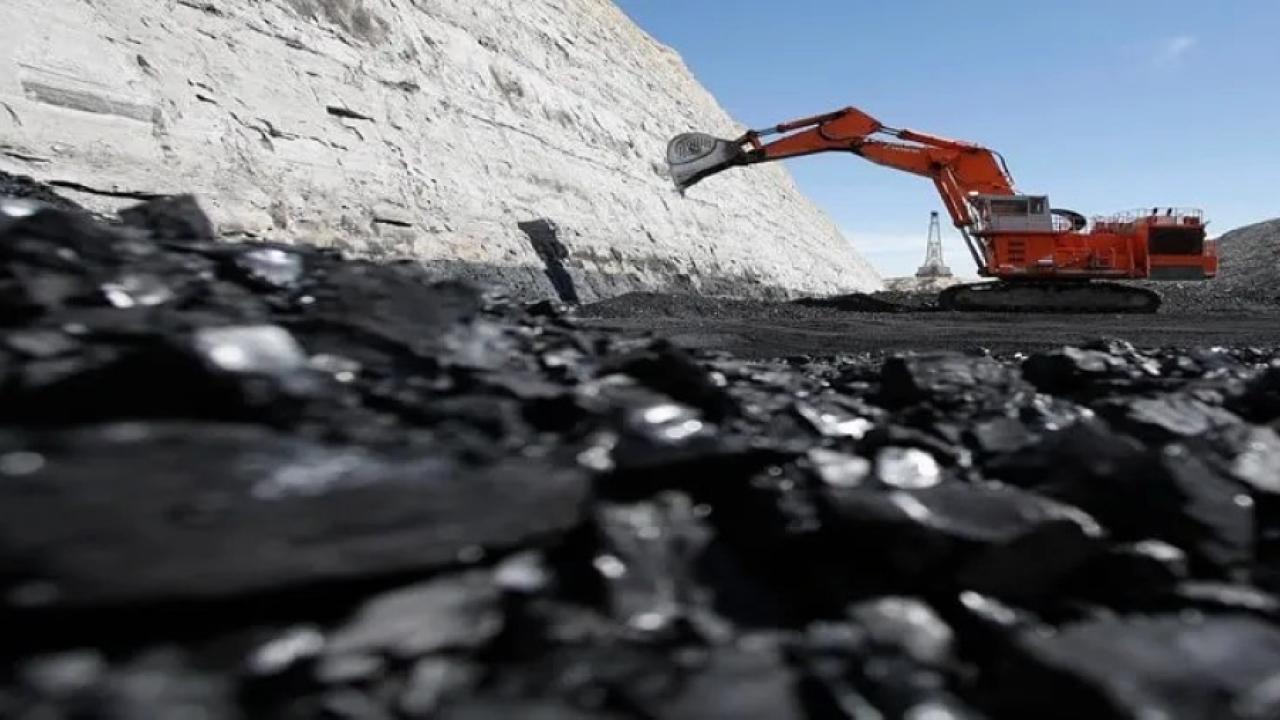Iron ore price falls; is a return to $80 likely?
The role of global markets in the decline in iron ore prices
One of the most important factors in the decline in iron ore prices is global economic and political developments. Last week, the US President signed a memorandum reimposing restrictions on Chinese investment in strategic areas. This action led to a collapse in Chinese financial markets and a decrease in investor confidence. Vietnam and South Korea also made conditions more difficult for the country's steel exports by increasing tariffs on steel imports from China. In response to these developments, the iron ore market also began to decline.
Available data shows that iron ore demand in China has fallen sharply over the past few weeks. One of the main reasons for this decline is the decline in the utilization of blast furnaces in the country. While the use of these furnaces increased in the first two months of 2025 compared to the same period last year, it has experienced a downward trend compared to the final months of 2024. The decline in industrial activity in China and the slowdown in the country’s housing market have negatively affected the demand for iron ore.
Supply surge; a factor exacerbating the price collapse
Another factor that has caused the decline in iron ore prices is the sudden increase in the supply of this product in global markets. Last week, the supply of iron ore reached its highest level in three years. Previously, analysts cited a decrease in supply as one of the reasons for the rise in iron ore prices, but with the increase in Australian exports to China, the market became saturated and prices experienced a sharp drop. Data shows that Australian iron ore imports to China had reached their lowest level in the past year, but in recent weeks this trend has reversed and increased exports have put additional pressure on the market. This has caused many financial institutions to assess the outlook for iron ore prices in 2025 as bearish and even raise the possibility of prices falling to the $80 channel.
US-China trade tensions; Factors Affecting the Steel Market
The imposition of new US tariffs on steel and aluminum imports from China has created a wave of concern in global markets. US President Donald Trump has announced that starting March 4, 25% tariffs will be imposed on all steel and aluminum imports. This measure will not only reduce China’s steel exports, but will also affect the supply chain of raw materials for steelmaking. In this regard, Mexico has also proposed increasing tariffs on Chinese steel, which could put additional pressure on the country’s steel and iron industry.
Given the decline in demand, increased supply and trade tensions, many analysts predict that the downward trend in iron ore prices will continue in the coming weeks. Some reports have even raised the possibility of the price of this product falling to the $80 channel. On the other hand, some other experts believe that China's economic stimulus measures and the growth of industrial activities in the country can prevent a sharp decline in prices.





